Search Images
Browse Content (p. 879)
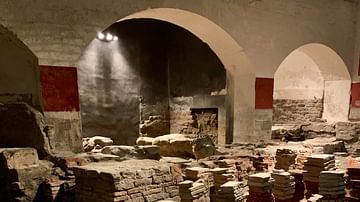
Image
Caldarium - Bath
Remains of the Caldarium (hottest room) in the bath complex in Aquae Sulis (Bath). The roman bath complex was in use from the middle of the 1st to the early 5th century CE. Now visible in the Roman Baths Museum in Bath, UK.
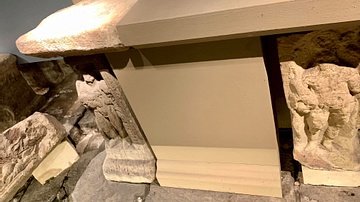
Image
Roman Sacrificial Altar - Bath
The sacrificial altar standing in the Temple Courtyard in Aquae Sulis (Bath). The altar was used for public ceremonies and animal sacrifices during the Roman period (1st - early 5th century CE). Carvings of Jupiter, Apollo, and other Roman...
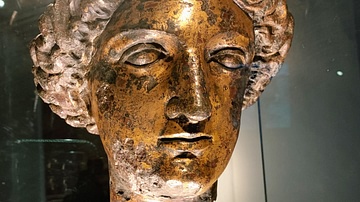
Image
Sulis Minerva
Head from the guilded bronze statue of the goddess Sulis Minerva. The statue would have been standing in the temple dedicated to the goddess in Aquae Sulis (now Bath) in the Roman period (1st - early 5th century CE). Now on display in The...

Image
The World of Parsi Cooking by Niloufer Mavalvala
Front cover of Niloufer Mavalvala's new book The World of Parsi Cooking

Image
Ground Meat with Egg and Matchstick Potatoes
Parsi Dish: Kheema per edu nay sali: Ground meat with egg and matchstick Pptatoes

Image
Daar ni Pori
Parsi Dish: Daar ni Pori
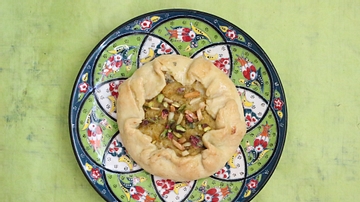
Image
Daar ni Potli - Sweet Lentil Crostata
Parsi dish: Daar ni Potli - Sweet Lentil Crostata
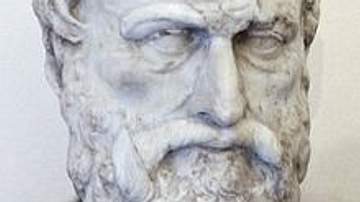
Image
Bust of Lysias
A 1st Century BCE copy of a 4th Century BCE marble bust of the Greek orator Lysias (c. 445 - 380 BCE).

Image
Demosthenes Practicing Oratory
"Demosthenes Practicing Oratory" (also known as "Démosthène s'exerçant à la parole", in French) is an 1870 painting of the Greek orator Demosthenes (c. 384 -322 BCE). The painting was created by the French painter Jean-Jules-Antoine Lecomte...

Image
Emperor Go-Horikawa
A portrait of Japan's Emperor Go-Horikawa, r. 1221-1232 CE. Artist: Fujiwara no Tamenobu. From the Tenshi-Sekkan Miei. (Museum of the Imperial Collections, Tokyo)